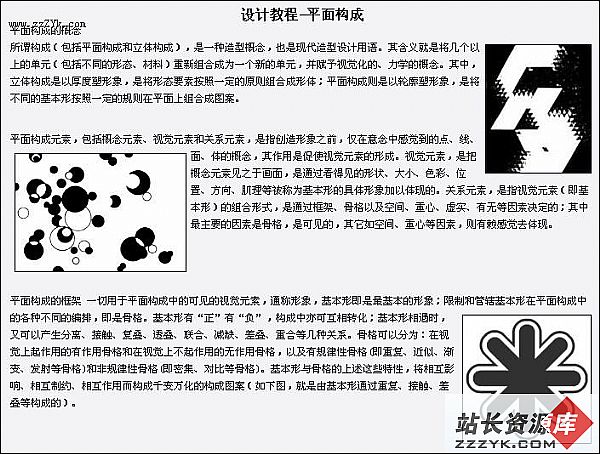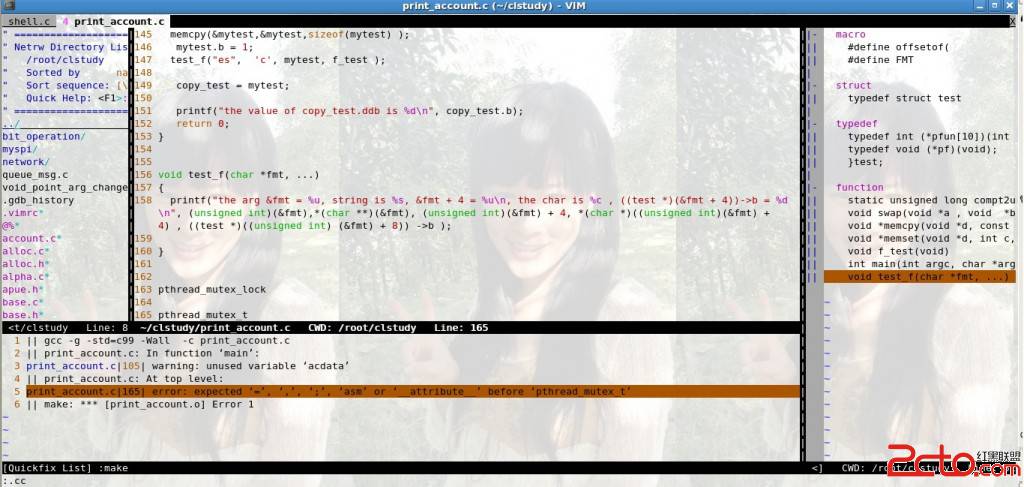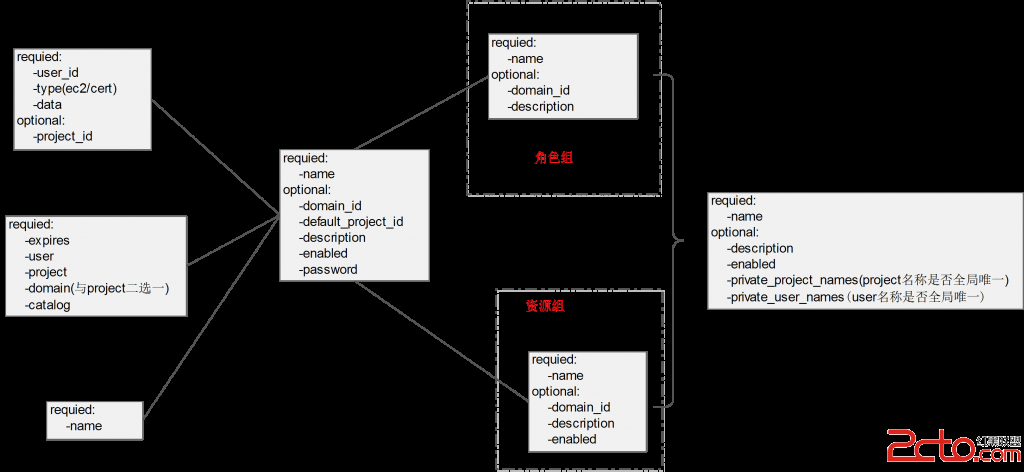创建Chromium WebUI接口
Chrome的WebUI是那种,在Chrome中输入 "chrome://xxxx"就能打开一个URL页面的对象。
创建一个Chrome WebUI接口非常的简单,只需要改动数个文件。
创建WebUI页面
webui的资源,放在资源目录下:src/chrome/browser/resources. 当创建WebUI资源时,参考Web Development Style Guide。例如,我们创建一个HelloWorld的页面
src/chrome/browser/resources/hello_world.html
<!DOCTYPE HTML>
<html i18n-values="dir:textdirection">
<head>
<meta charset="utf-8">
<title i18n-content="helloWorldTitle"></title>
<link rel="stylesheet" href="hello_world.css">
<script src="chrome://resources/js/cr.js"></script>
<script src="chrome://resources/js/load_time_data.js"></script>
<script src="chrome://resources/js/util.js"></script>
<script src="strings.js"></script>
<script src="hello_world.js"></script>
</head>
<body i18n-values=".style.fontFamily:fontfamily;.style.fontSize:fontsize">
<h1 i18n-content="helloWorldTitle"></h1>
<p id="welcome-message"></p>
<script src="chrome://resources/js/i18n_template2.js"></script>
</body>
</html>
src/chrome/browser/resources/hello_world.css:
p {
white-space: pre-wrap;
}
src/chrome/browser/resources/hello_world.js:
cr.define('hello_world', function() {
'use strict';
/**
* Be polite and insert translated hello world strings for the user on loading.
*/
function initialize() {
$('welcome-message').textContent = loadTimeData.getStringF('welcomeMessage',
loadTimeData.getString('userName'));
}
// Return an object with all of the exports.
return {
initialize: initialize,
};
});
document.addEventListener('DOMContentLoaded', hello_world.initialize);
资源信息应该添加到Chrome使用的src/chrome/browser/browser_resources.grd文件中。
src/chrome/browser/browser_resources.grd:
+ <include name="IDR_HELLO_WORLD_HTML" file="resources\hello_world.html" type="BINDATA" />
+ <include name="IDR_HELLO_WORLD_CSS" file="resources\hello_world.css" type="BINDATA" />
+ <include name="IDR_HELLO_WORLD_JS" file="resources\hello_world.js" type="BINDATA" />
添加URL标识到新的Chrome URL中
URL标识被保存在src/chrome/common/url_constants.*文件中。
src/chrome/common/url_constants.h:
+ extern const char kChromeUIHelloWorldURL[];
...
+ extern const char kChromeUIHelloWorldHost[];
src/chrome/common/url_constants.cc:
+ const char kChromeUIHelloWorldURL[] = "chrome://hello-world/";
...
+ const char kChromeUIHelloWorldHost[] = "hello-world";
添加本地字符串
我们需要为新的资源添加新的本地化字符串。比如一个欢迎信息
src/chrome/app/generated_resources.grd:
+ <message name="IDS_HELLO_WORLD_TITLE" desc="A happy message saying hello to the world">
+ Hello World!
+ </message>
+ <message name="IDS_HELLO_WORLD_WELCOME_TEXT" desc="Message welcoming the user to the hello world page">
+ Welcome to this fancy Hello World page <ph name="WELCOME_NAME">$1<ex>Chromium User</ex></ph>!
+ </message>
添加处理chrome://hello-world/请求的WebUI类
下面我们增加一个新的类来处理新的资源。通常情况下,它是ChromeWebUI的一个子类(WebUI对话框则从HtmlDialogUI继承)
src/chrome/browser/ui/webui/hello_world_ui.h:
#ifndef CHROME_BROWSER_UI_WEBUI_HELLO_WORLD_UI_H_
#define CHROME_BROWSER_UI_WEBUI_HELLO_WORLD_UI_H_
#pragma once
#include "content/public/browser/web_ui_controller.h"
// The WebUI for chrome://hello-world
class HelloWorldUI : public content::WebUIController {
public:
explicit HelloWorldUI(content::WebUI* web_ui);
virtual ~HelloWorldUI();
private:
DISALLOW_COPY_AND_ASSIGN(HelloWorldUI);
};
#endif // CHROME_BROWSER_UI_WEBUI_HELLO_WORLD_UI_H_
src/chrome/browser/ui/webui/hello_world_ui.cc:
#include "chrome/browser/ui/webui/hello_world_ui.h"
#include "chrome/browser/profiles/profile.h"
#include "chrome/common/url_constants.h"
#include "content/public/browser/web_ui_data_source.h"
#include "grit/browser_resources.h"
#include "grit/generated_resources.h"
HelloWorldUI::HelloWorldUI(content::WebUI* web_ui)
: content::WebUIController(web_ui) {
// Set up the chrome://hello-world source.
content::WebUIDataSource* html_source =
new content::WebUIDataSource(chrome::kChromeUIHelloWorldHost);
html_source->SetUseJsonJSFormatV2();
// Localized strings.
html_source->AddLocalizedString("helloWorldTitle", IDS_HELLO_WORLD_TITLE);
html_source->AddLocalizedString("welcomeMessage", IDS_HELLO_WORLD_WELCOME_TEXT);
// As a demonstration of passing a variable for JS to use we pass in the name "Bob".
html_source->AddString("userName", "Bob");
html_source->SetJsonPath("strings.js");
// Add required resources.
html_source->AddResourcePath("hello_world.css", IDR_HELLO_WORLD_CSS);
html_source->AddResourcePath("hello_world.js", IDR_HELLO_WORLD_JS);
html_source->SetDefaultResource(IDR_HELLO_WORLD_HTML);
Profile* profile = Profile::FromWebUI(web_ui);
content::WebUIDataSource::Add(profile, html_source);
}
HelloWorldUI::~HelloWorldUI() {
}
编译新的类,需要添加到工程的gyp文件中
src/chrome/chrome_browser_ui.gypi:
'sources': [
...
+ 'browser/ui/webui/hello_world_ui.cc',
+ 'browser/ui/webui/hello_world_ui.h',
添加WebUI请求到Chrome WebUI工厂
WebUI的工厂负责响应并创建你的请求
src/chrome/browser/ui/webui/chrome_web_ui_controller_factory.cc:
+ #include "chrome/browser/ui/webui/hello_world_ui.h"
...
+ if (url.host() == chrome::kChromeUIHelloWorldHost)
+ return &NewWebUI<HelloWorldUI>;
测试
OK!假定没有错误,你可以编译和运行chrome了。并在地址栏输入 chrome:://hello-world/ 你将看到欢迎信息。
增加回调处理句柄
你也许你问新的WebUI页面能够做些什么事情,或者从C++世界获取一些信息。为此,我们使用消息回调句柄。 假设我们不信任javascript引擎的两个整数相加(因为我们知道,它内部是使用浮点数的)。我们可以增加回调句柄来处理我们的整数运算。
src/chrome/browser/ui/webui/hello_world_ui.h:
#include "chrome/browser/ui/webui
补充:Web开发 , 其他 ,




